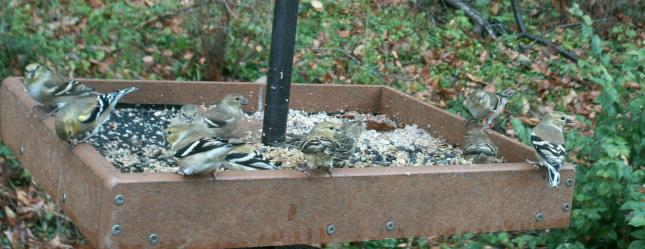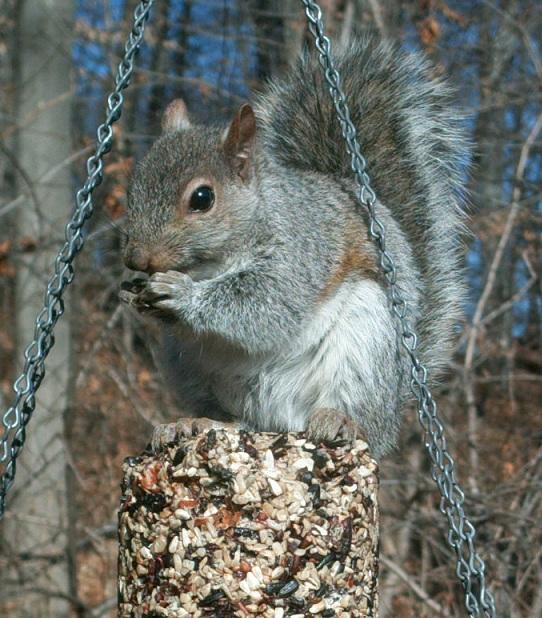Fall Is In The Air!
Autumn finally seems to have arrived and with it came a beautiful rainbow of color among the trees. The changing and subsequent falling of the leaves not only signifies the change of seasons, they also serve a variety of ecological functions that are often overlooked. Most people view fallen leaves as clutter among their carefully manicured lawns and quickly rake, chop, burn, or blow them away. However, we want to highlight a few of the reasons why you should skip this chore and instead opt to LEAVE THE LEAVES!
- More Butterflies and Moths: the caterpillars of many butterflies and moths use leaf litter as both a disguise and insulation when they are overwintering in their pupa stage. These include the beautiful Luna Moths, Mourning Cloaks, Cecropia Moths, and more.
- More Birds: By supporting caterpillars you are supporting birds! Caterpillars are the main source of food for baby birds. There are also several species of birds whose natural behavior is to forage in fallen leaves. Eastern Towhees, Song Sparrows, and White-Throated Sparrows are just a few of them.
- Free Fertilizer: As leaves decay and break down, their nutrients become mixed into the soil, helping to fertilize your plants in the process
- Super Soil Structure: Speaking of your soil, dead leaves also help to feed all the microorganisms and other decomposers that live in your soil, which help maintain good soil structure. Healthy soil that is well structured and full of nutrients is essential for pretty much all life on Earth so it’s important to maintain it!
Scenes of Fall

Goldfinches tend to move around a lot during the fall. There's plenty of natural seed for them to find and if they do appear they may not be recognizable. By now they've molted out of their fancy summer frocks for drab winter coats. Look for the strong black and white wing bars.

Blue Jays and Woodpeckers can be observed snatching peanuts from your feeders or from nut bearing trees like oaks, hickories and beech trees. They cache a lot of nuts for the winter ahead.

Squirrels can be found stuffing the maws with seed as they get ready for winter. Look for large patches of leaves up in your trees for squirrel nests.

